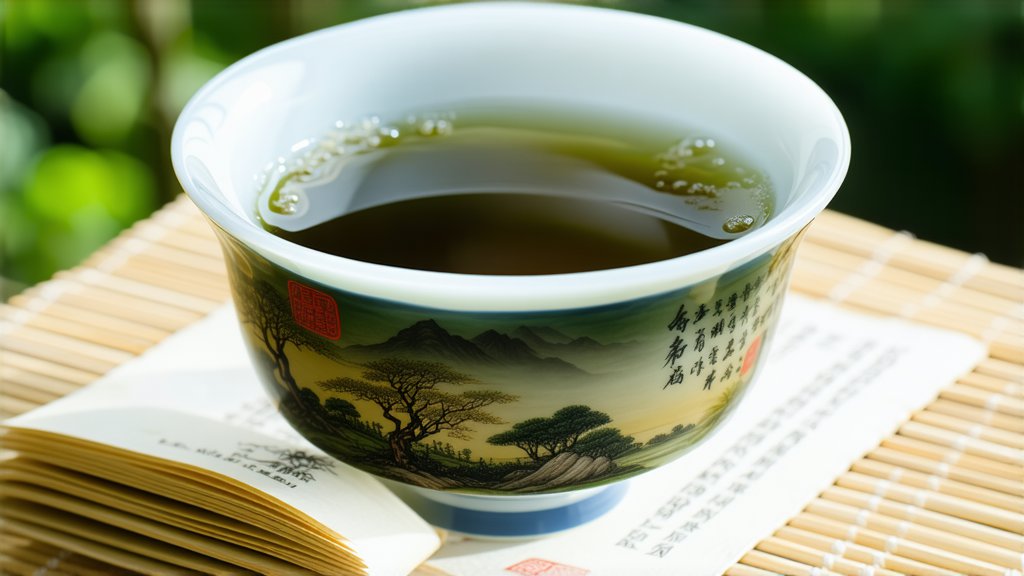
In the vast tapestry of Chinese tea culture, where green, black, white, oolong, and pu-erh teas each weave their own intricate patterns, there exists a lesser-known gem that shines with a golden hue – the Yellow Tea category. Among these, Junshan Yinzhen stands as a testament to nature's artistry and humanity's ingenuity, embodying the essence of China's yellow tea heritage. This article embarks on a journey through the history, varieties, meticulous crafting process, and the art of appreciating Junshan Yinzhen, inviting international readers to savor the unique charm of this golden elixir.
A Glimpse into History
The origins of yellow tea trace back over a thousand years to the Tang Dynasty (618-907 AD), during which it was considered a delicacy reserved for imperial courts. Its development is believed to have been accidental, stemming from the delayed drying process that allowed the茶叶 (tea leaves) to undergo a slight oxidation, turning them yellow. Among the myriad yellow teas, Junshan Yinzhen from Hunan Province has earned particular acclaim for its distinct flavor profile and health benefits. Legend has it that this tea was discovered by a local farmer named Wen Shiyin in the late Qing Dynasty, who stumbled upon the unique processing method that would give birth to what we now cherish as Junshan Yinzhen.
Varieties within Yellow Tea
While yellow tea constitutes a minor fraction of China's tea production, it encompasses several notable varieties, each with its own terroir-driven characteristics. Apart from Junshan Yinzhen, others include Mooshan Yallo Tea from Sichuan, Huoshao Silver Needle from Anhui, and Mengding Huang Ya from Sichuan. However, Junshan Yinzhen reigns supreme due to its delicate aroma, sweet aftertaste, and the meticulous craftsmanship involved in its creation.
The Art of Crafting Junshan Yinzhen
The journey from leaf to cup for Junshan Yinzhen is a symphony of precision and patience. It all begins with the careful selection of tender shoots and leaves from ancient tea trees grown in the misty hills around Junshan Island in Dongting Lake. These leaves are then subjected to a series of intricate steps:
-
Fixation: Unlike green tea's high-heat fixation, yellow tea undergoes a gentler process at lower temperatures, allowing partial oxidation and initiating the transformation into its characteristic yellow color.
-
Sealing Heat: The fixed leaves are wrapped in cloth or paper to retain moisture and heat, promoting further enzymatic activity and deepening the yellow hue.
-
Sweating: In a controlled environment, the wrapped leaves are left to 'sweat' for hours, enhancing their unique flavor profile and aroma.
-
Drying: Finally, the leaves are gradually dried under low heat to remove excess moisture while preserving their delicate flavors.
This labor-intensive process not only imparts a golden appearance but also enriches the tea with complex flavors and a smooth texture.
Savoring Junshan Yinzhen: A Tea Tasting Guide
To truly appreciate Junshan Yinzhen, one must engage in a ritualistic tasting experience that honors its nuances:
-
Warm the Teaware: Begin by warming your teapot and cups with hot water to enhance the tea's aroma and maintain its temperature.
-
Measure & Infuse: Use approximately 3 grams of Junshan Yinzhen per 150ml of water. Pour hot water (around 80°C/176°F) over the leaves and let them unfurl gently for about 2-3 minutes.
-
Observe: Watch as the tea dances within the pot, revealing a bright yellow liquor that glistens like liquid gold.
-
Inhale & Sip: Before taking your first sip, bring the cup close to your nose and inhale deeply to capture the subtle fragrances of orchids and fresh hay. Take small sips, allowing the tea to roll over your tongue, noting its sweet yet slightly astringent taste, followed by a lingering aftertaste reminiscent of honey and chestnuts.
-
Multiple Infusions: Junshan Yinzhen can be steeped multiple times, with each infusion revealing new layers of flavor and aroma. Adjust steeping times accordingly, starting from 2 minutes and increasing gradually.
In conclusion, Junshan Yinzhen is more than just a beverage; it's a bridge connecting past traditions with present-day enjoyment, offering a window into the depth and diversity of Chinese tea culture. As you embark on this golden journey, remember that every cup tells a story, a tale woven from centuries-old practices, the whispers of ancient tea forests, and the dedication of master tea makers. So, sit back, relax, and let the elegance of Junshan Yinzhen transport you to the misty mountains of Hunan, where tea legends come to life.